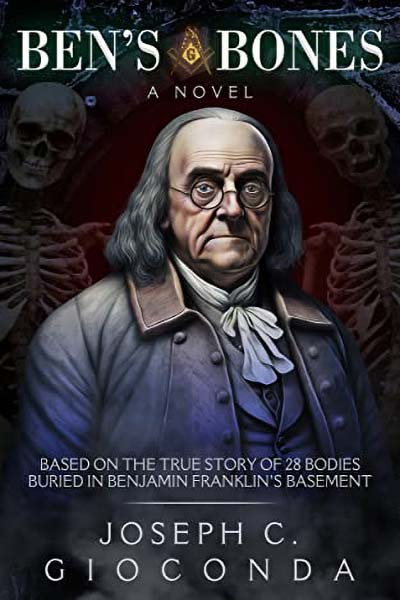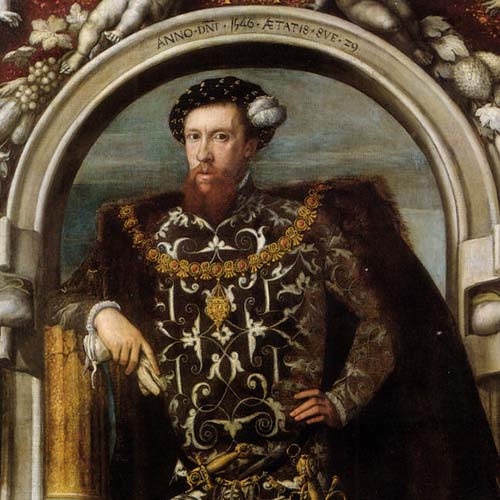Book Review: Historical Fiction Novel Ben's Bones by Robert Gioconda
Summary of *Ben’s Bones by Joseph C. Gionconda
In the historical fiction novel Ben’s Bones, author Joseph C. Gioconda pulls off one of my favorite historical fiction “tricks,” that is, to present a lively account of history. This is the story of Dr. Hewson, who contributed to the discovery of fibrin, a key protein involved in blood coagulation, at the dawn of hematology as a science.
The story starts with William Hewson as an assistant in the medical anatomy school of Dr. William Hunter. There is a second Hunter brother, the under-appreciated John Hunter, who is also a doctor and surgeon. In the novel, William is the marketer and businessman, someone who was “set up” for success by his family. The resentful John Hunter is painted as both a brilliant scientist and an anatomist with a dark side. To pursue discovery, he checks his morals at the door. He is the person who Hewson discovers performs vivisection and deals with unsavory characters, driven by the need to prove himself superior. Hewson starts to suspect the true depth of depravity that occurs in providing cadavers for the school when a pregnant woman’s cadaver is delivered with a slashed throat, her blood still fresh.
To pursue his own research, Dr. Hewson leaves Hunters’ employment and soon opens his own anatomy school, becoming a competitor. The Hunters play dirty, and Hewson is soon embroiled in a scandalous accusation of child murder.
This is where the story turned very interesting for me.
In an earlier Tyburn chapter, John Hunter gives a bottle of wine to a dwarf woman, a convict sentenced to be hung. The book later reveals that she was anatomized by the Hunters, sharing a museum display case with a skeleton of a giant man.
It felt like a foreshadow of the later asylum scene, where Hewson and his wife visit a lunatic asylum and hand out cakes to children deemed medically hopeless. In that moment, I couldn’t help but wonder—had Hewson, like John Hunter, begun to cross the line in his pursuit of knowledge, no matter the cost?
At the end of the asylum scene, a patient throws himself at the feet of Hewson. The next line of dialogue is un-attributed, “I will support your work completely, William. All of this suffering must cease.” The line was presumably meant to be Polly’s, as it directly follows Hewson’s explanation of his intentions.
This moment casts a long shadow over the chapters that follow, as Hewson finds himself publicly accused of child murder—and must also defend his decision to use the child’s body for research. The child, it’s revealed, suffered from a hopeless medical condition.
Why Historical Fiction Fans Will Love Ben’s Bones
I really enjoyed this historical fiction novel. This is an artfully presented lesson in history, using real people and settings to dramatize the events. Mr. Gioconda starts the tale from multiple POVs, and it took me a while to piece together the direction of the story—it alternates from grave robbers, Franklin, Hewson, he police, to Polly. The chapters are quick and mostly single scene; for me, it led to a bit of head-hopping. That said, the narrative threads come together by about the midpoint of the book when the story truly becomes Hewson’s.
This is exactly the type of historical fiction I enjoy reading—an entertaining story that teaches you something. I recommend Ben’s Bones to any historical fiction fan.
I received an advance reader copy of Ben’s Bones for this review. Purchase Ben’s Bones on Amazon.com
Further Reading
https://www.americanheritage.com/benjamin-franklins-years-london













